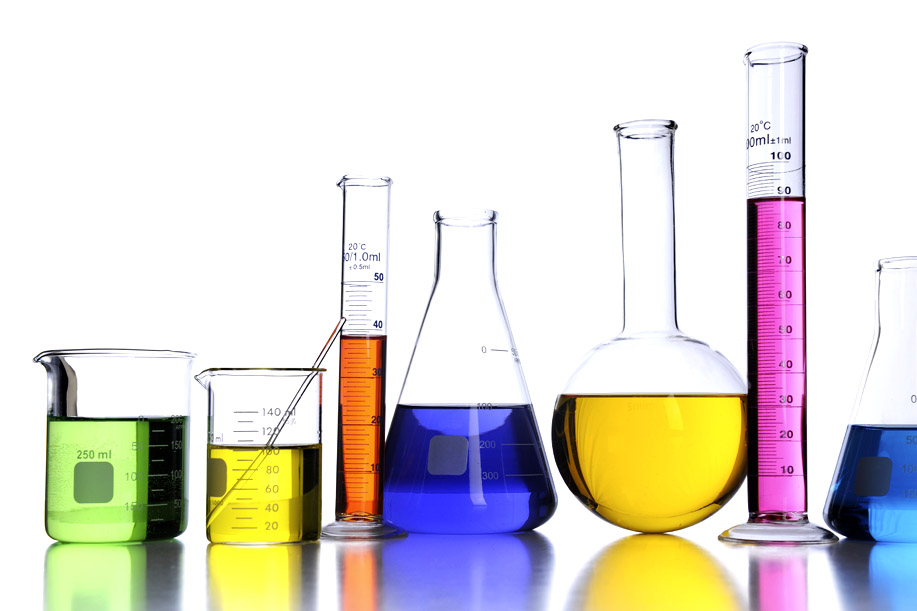Electrical cables must be properly looked after both to ensure that they guarantee maximum efficiency and to avoid serious problems regarding the safety of each environment.

As a matter of fact, ensuring that they are never brought into contact with chemicals that could damage them, can play a key role in their full and lasting functionality.
The importance of the Reach Regulation
Before listing the chemical substances that may be more harmful to the good functioning of electrical cables, it is necessary to know what the Reach Regulation is.
The REACH regulation consists of a set of rules that apply to the manufacture and use of chemicals at the European level. The regulation, which came into force on 1 June 2007, has been incorporated in order to ensure maximum safety of the substances and of equipment connected to them.
A new European Agency for chemical substances has been established. This agency has all the necessary skills to ensure the safety and efficiency of any private or corporate reality. Each company must identify the chemical substances it manufactures and list the possible risks, demonstrating that it uses each of its products in the best possible way.
This kind of rules is also essential for those who have to deal with electrical cables and with the installation of electrical systems aimed at a perfect connection between the various elements of a house or an office.
What are the most dangerous chemical substances for electrical cables?
Now it’s time to go into detail and discover the chemicals that can damage power cables.
First of all, a clear distinction must be made between organic and inorganic substances. The former is mostly made up of carbon and correspond to sugars, lipids, proteins and nucleic acids, while the latter is made up of mineral elements such as water, salts, acids and bases. Once we have understood the difference between these two substances, one can proceed to the discovery of the most dangerous substances for the electric cables, whose functionality can be seriously damaged.
The most dangerous organic chemicals
Let’s start from the organic compounds: they are the most harmful to electricity and are capable of causing serious damage to the cable functionality.
– Hydrocarbons, in particular gasoline and solvents, can do much harm to electrical cables because of their ability to burn the latter in a matter of seconds. To avoid any inconvenience, it is advisable to use sheaths or insulators capable of separating the elements.
– Aromatic mixtures hide a certain risk factor and should, as a matter of fact, be separated from the cables.
– Carbon dioxide is often used as an excellent extinguisher, but if it comes into contact with electricity, the latter is irreparably damaged.
– Ketone is the result of the oxidation process of saturated fatty acids and is a very polar material.
The most dangerous inorganic chemicals
At the same time, as mentioned above, inorganic chemicals must not be left in the background, just as their ability to damage electrical cables must not be neglected.
These are some of the most important inorganic chemicals:
– Peroxides can hide an explosive action. They consist of a pair of hydrogen atoms connected to each other by a simple covalent bond and can cause a rapid short circuit.
– Metal salt solutions can cause negative effects due to their high conductivity, which can damage any kind of electrical cables.
– Inorganic bases can include a large amount of water, which as is we all know, can become very dangerous if brought into contact with electricity.
– Finally, one cannot forget mineral acids and oxidising acids, which can do a lot of harm in certain contexts.
The importance of safety for the protection of electrical cables
To allow a sequence of electrical cables to maintain their efficiency for as long a time as possible, all relevant safety measures must be taken.
Inserting the right insulating products can make a difference in such a situation and make an electrical system safe and guaranteed.
